|
The image above by Valentine of Dundee was published in a 1946 tourist guide to Leven, Largo and Elie. Taken from an upper window of Elmwood boarding house in Lundin Links, the photograph showcases the putting green, tennis courts and football pitch. Note the worn grass around the goal mouth of the pitch - showing that it was well used. Also there is what appears to be a vendor (perhaps of ice-cream and other refreshments) set up between the three facilities wearing a long white apron. Largo Law can be seen in the distance but even more prominent is the bastion of trees at Fir Park.
0 Comments
The above photograph, dating from the 1890s, has been shown here before, in one of the very first posts on this site in 2013. However, it's worth revisiting now that the site has a larger audience and more related information. The top version is a scan of the original photograph, while the lower image is a cleaned up version. The photographer was James Gay of Elie.
He was born in 1849 in Crail, the son of a farm grieve. He spent many years in the army as a young man, including time in India. Around 1890 he settled in Elie, setting up a photography business. In 1897, at the age of 47 he married Elizabeth Wilson of Pittenweem. He became a town councillor in Elie in 1901 and a Bailie in 1905. After suffering poor health for a number of years, James (pictured below) died in 1922, aged 72. The subject matter is a busy scene of summer visitors enjoying putting on Crescent Road, on the present site of Lindisfarne/Glenartney. The building on the left comprises 'Fir Park' and 'Braddan', while the house on the right is 'Elphinstone'. Note also the gable end of the old Lundin Links Hotel (inn) on the extreme left in the distance with the double chimney (and the trees of the Fir Park). This era saw growth in summer visitors which resulted in the building of several new boarding houses and the opening of the new Lundin Links Hotel. It was a time of 'smoking concerts', sea bathing and sporting pursuits. This spot is one of several where golf or putting has been played over the decades. Putting once took place at Station Road and also at Victoria Road. There used to also be a small putting area at the Lundin Ladies Golf Course close to the first tee. At the foot of the post is a close-up of the late Victorian putting action. When Alexander Philp was born in St Andrews in 1846, his father Benjamin was a baker there. However, the family moved to Largo in the 1850s - initially to Strathairly but then to Drummochy House (pictured above). Benjamin Philp was now a commission agent / grain merchant. This house was ideal in terms of both size (the family had many children) and location (overlooking the harbour). It had previously been the Petheram family home. Benjamin was involved with the Largo Granary Company and was proprietor of the granary around this time - see 1865 valuation roll below. Not long after the Philp family's move to Largo, the old flax spinning mill was taken over by David Russell of Silverburn, who in 1860 converted it into an oil and cake mill. A young Alexander Philp began a job there around this time. It would be an opportunity which would set him on course for a life-long career in the industry. The 1861 census shows Alexander working as a clerk there and a decade later, in 1871, he was recorded as a 'seed crusher's clerk' at the mill. A keen interest in golf also saw Alexander becoming one of the founders of the Lundin Golf Club in 1868. 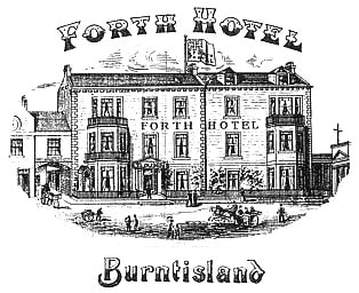 Some years later, David Russell acquired the old sugar mill at Burntisland and converted it also for seed crushing and the manufacture of linseed oil and cotton cake. Many of the workers at his new mill were brought over from Largo when the Burntisland venture opened in 1877, one of them being Alexander Philp, who became 'seed crusher master' (another 'import' from Largo was David Wallace). It was in Burntisland that Alexander met his future wife - Helen MacDougal Wallin. She was working at the Forth Hotel in the town, as an assistant to hotel keeper Agnes Horsburgh. The hotel was located right next to the railway station, docks and the mill where Philp worked. The Burntisland Heritage Trust website says of the hotel: " the 'swells of the town made it their rendezvous and 'commercials' made it their lodging because of its comforts and its proximity to the station". The daughter of a vet, Helen hailed from Berkshire, and it was down there that the pair married on 27 December 1882. The Philps would go on to have eight children and remained in Burntisland for another couple of decades. Alexander was active in public life there too, being a town councillor and harbour commissioner, and having involvement in the golf and curling clubs. However, a new century brought change for the Philps and, in 1901, they returned to Largo. They bought 'The Mount' on Woodlands Road from David Lindsay the grocer and purchased the machinery within the old mill beneath the viaduct (see clip below from the 24 August 1901 Fife Free Press), where Alexander had begun his career forty years before. 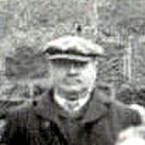 The mill restarted production as the adverts from the St Andrews Citizen below from 1902 (top) and 1905 (below) show. The business continued for several further years but petered out around 1912. Alexander retired and in 1928 an article in the Fife Free Press (8 Dec) reminisced about Mr Philp's time in Burntisland..."better known as 'Sandy' Philp in the circles in which he moved", it noted that he was "homely, plain-going and unaffected". Sandy (pictured inset) passed away on 23 April 1931 at The Mount aged 84. His wife Helen lived to the age of 90 and died in 1947. With thanks to a relative of the Philp family for sharing the photograph of Alexander Philp (taken 1907).
150 years have passed since Lundin Golf Club was founded in the Lundin Mill Hotel - read more about that HERE. Many Congratulations! The above image of Largo Pier and Harbour was created around 1875 and is an engraving by William Ballingall. It features on the back cover of the 'Seatoun of Largo' book by Ivy Jardine. Ballingall was born in Largo in 1840 to parents William (a linen weaver) and Jean. He had seven siblings: younger brothers George, Alexander, David, John and James, and sisters Christina and Betsy. William senior, who was born in 1817 and was a lifelong linen weaver, was also a keen amateur astronomer, as the Fife Herald of 17 Dec 1884 explained: "William Ballingall, Mr Grierson wrote to Dr Smiles, is a weaver in the town of Lower Largo, Fifeshire; and from his early days he has made astronomy the subject of passionate study. I used to spend my school vacation at Largo, and have frequently heard him expound upon his favourite subject. I believe that very high opinions have been expressed by scientific gentlemen regarding Ballingall's attainments. They were no doubt surprised that an individual with a very limited amount of education, and whose hours of labour were from five in the morning until ten or eleven at night, should be able to acquire so much knowledge on so profound a subject. Had he possessed a fair amount of education, and an assortment of scientific instruments and books, the world would have heard more about him." William senior lived to the age of 87, passing away a widower at Wood's Hospital, Upper Largo in 1904. Returning to William junior, by 1861, he was lodging in Cowcaddens Street in Glasgow, while working as a wood engraver. His fellow lodgers included a carver and gilder, a printer's compositor, a commercial clerk and a saddler. Shortly afterwards, he moved to Edinburgh and on 11 November 1864 married Elizabeth Stewart (daughter of sawyer John Stewart) there. The couple settled in the capital and started their family there. The 1871 census finds William working as an engraver and living at 35 Cockburn Street, with wife Elizabeth, children William and George, plus his brothers Alexander (also an engraver) and David (a tailor). The next year, 1872, saw the publication of William Ballingall's book "The Shores of Fife", featuring one hundred original drawings (see advert above from 3 October Fife Herald). The volume was dedicated to Sir Robert Anstruther of Balcaskie, Lord Lieutenant of Fife, and was a "labour of love, in which he wrought incessantly for four or five years". A selection of images from the Largo area were included in the book (for example, Largo Kirk, Sir Andrew Wood's Tower, Alexander Selkirk's cottage, Pitcruvie Castle and the Standin' Stanes of Lundin (shown below along with the preface which expresses Ballingall's affection for the Kingdom of Fife)). 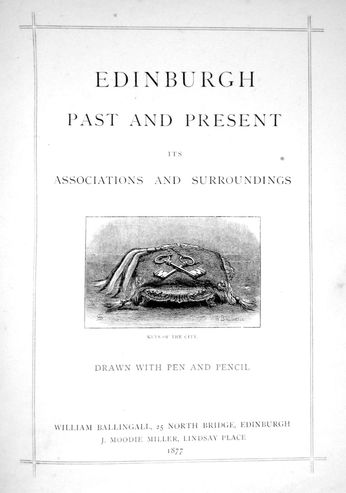 The 1870s seemed to have been good years for the Ballingalls. Daughters Elizabeth and Edina were born and in 1875, another book was published featuring William's work: 'Classic Scenes in Scotland by Modern Artists engraved by William Ballingall'. This was followed in 1877 by the publication of 'Edinburgh Past and Present' (see below). However, circumstances soon changed. By 1881, the family had relocated to Camberwell in London. In December 1882 William Ballingall's health took a downturn, being "laid aside by an illness of a very serious character, attended by a perilous operation" (Greenock Telegraph). Also around this time the art of wood engraving was under threat from both new methods of mechanical reproductions of drawings and by photography. The Western Daily Press of 7 Nov 1892 reports how William Ballingall had struggled by then for some time: "The new processes invented for producing engraving blocks and illustrations of various sorts, while threatening the very existence of the art of wood engraving, have destroyed the livelihood of many skilled workers in that art. Lovers of artistic engraving, and especially Scottish lovers of art, will hear with concern that amongst the greatest sufferers from the revolution that has taken place in the illustration of books and journals is the distinguished Scottish artist Mr William Ballingall. In consequence of the falling away of the demand for high class work by which he made his name, Mr Ballingall, after a courageous struggle against misfortune and illness, finds himself reduced to absolute want. For ten years past a confirmed invalid, with the anxieties and cares of a family, added to a heavy burden of sickness and pain, he has done his best to make a livelihood by his calling. Under those circumstances an endeavour is being made by friends of the unfortunate artist and admirers of his work and character to raise a fund sufficient to establish him in a modest way in some light business - it is proposed as a bookseller or stationer." He was still in London at this time, with his wife and their two youngest children (David born 1880 and Violet born 1883). The piece below from the 17 Dec 1892 Blackburn Standard refers to the fund started for Ballingall. It does not appear that William switched career as planned, however, as in the 1901 census he is still occupied as an "artist and engraver on wood", aged 61, now in Edmonton, London (with his wife and daughter Violet). A move to Edinburgh took place by 1905, when the three settled in Colinton. William lived in Edinburgh until 1919 (and reached the age of 78), his wife surviving until 1934 (and to age 90). Violet lived until 1963 and was 81 years old when she passed away. Throughout a life of ups and downs, William was a true artist, known for his "softness and delicacy of touch, for the wonderful manipulation of light and shade", and he reached the highest capability in wood engraving (Dundee People's Journal 12 Oct 1872). The art of wood engraving may have all but died out but happily we can still enjoy the results of his painstaking artistic endeavours today.
|
AboutThis blog is about the history of the villages of Lundin Links, Lower Largo and Upper Largo in Fife, Scotland. Comments and contributions from readers are very welcome!
SearchThere is no in-built search facility on this site. To search for content, go to Google and type your search words followed by "lundin weebly". Categories
All
Archives
July 2024
|
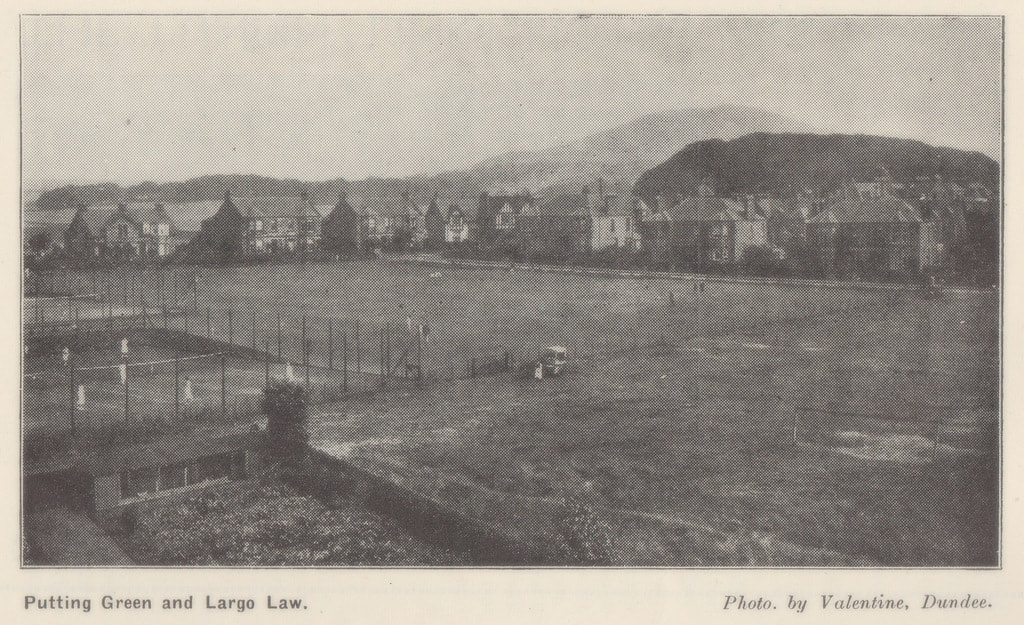
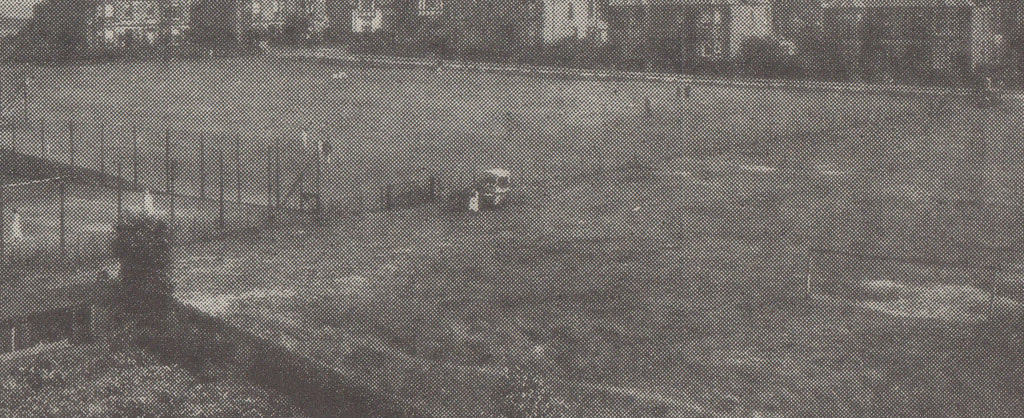

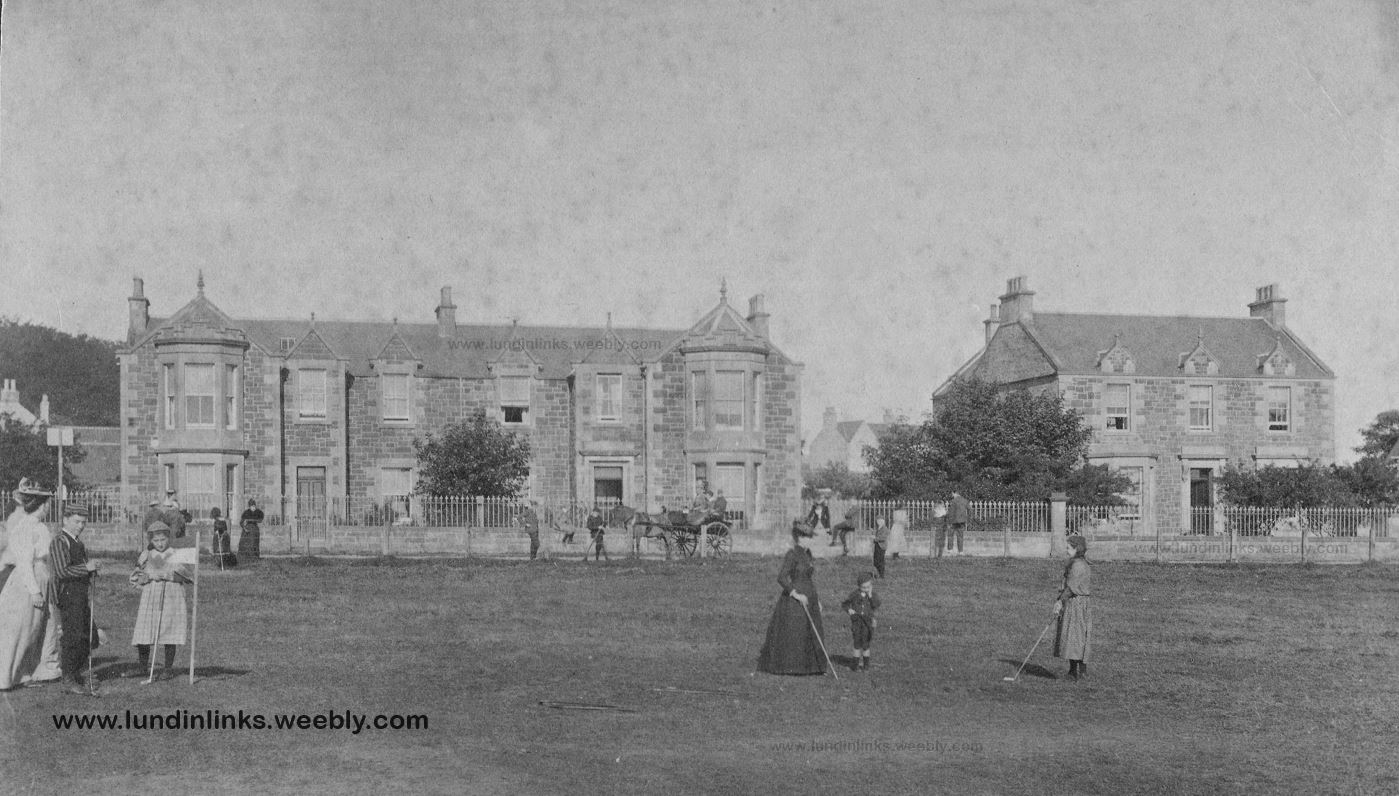
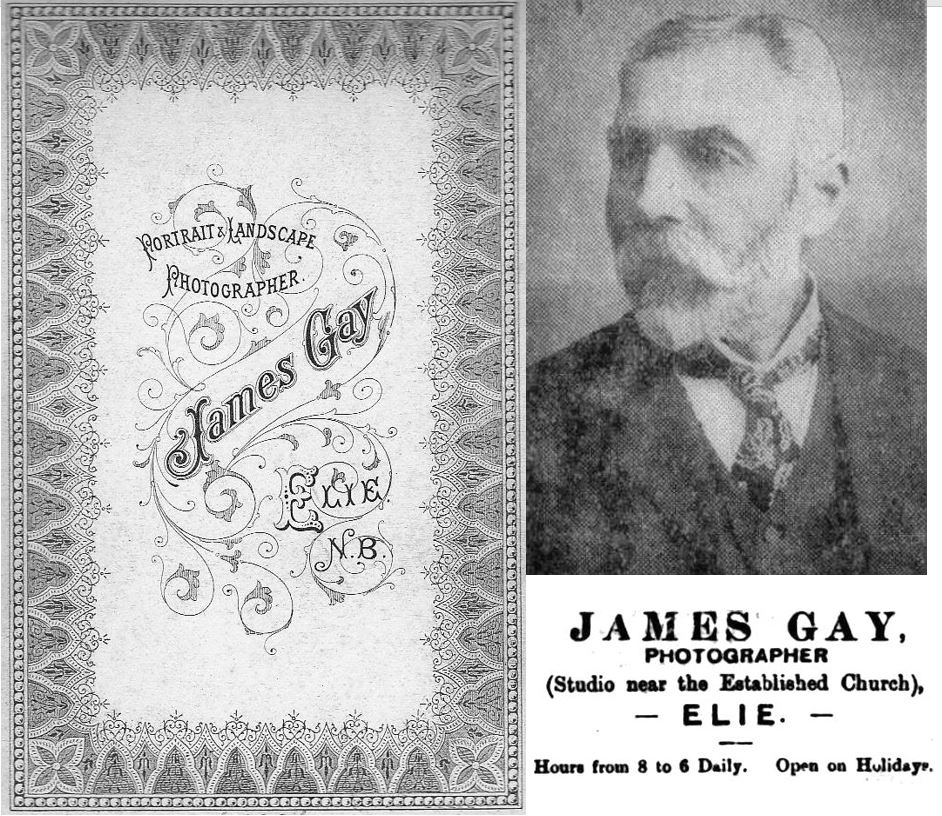
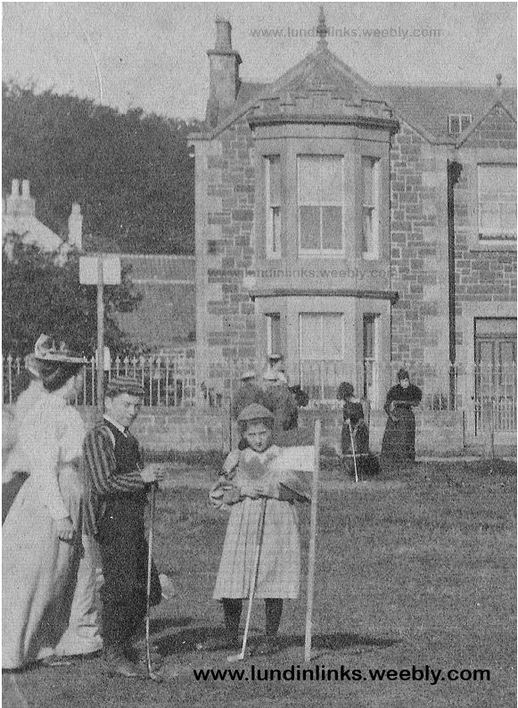
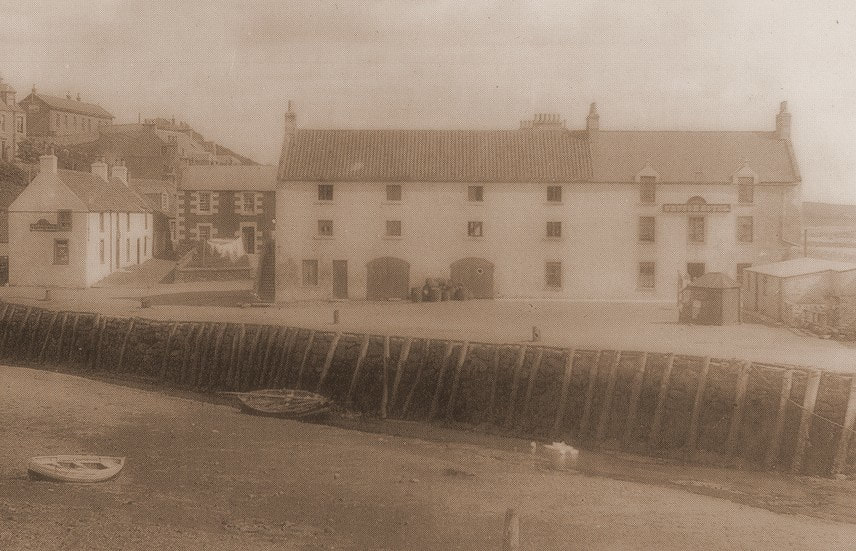
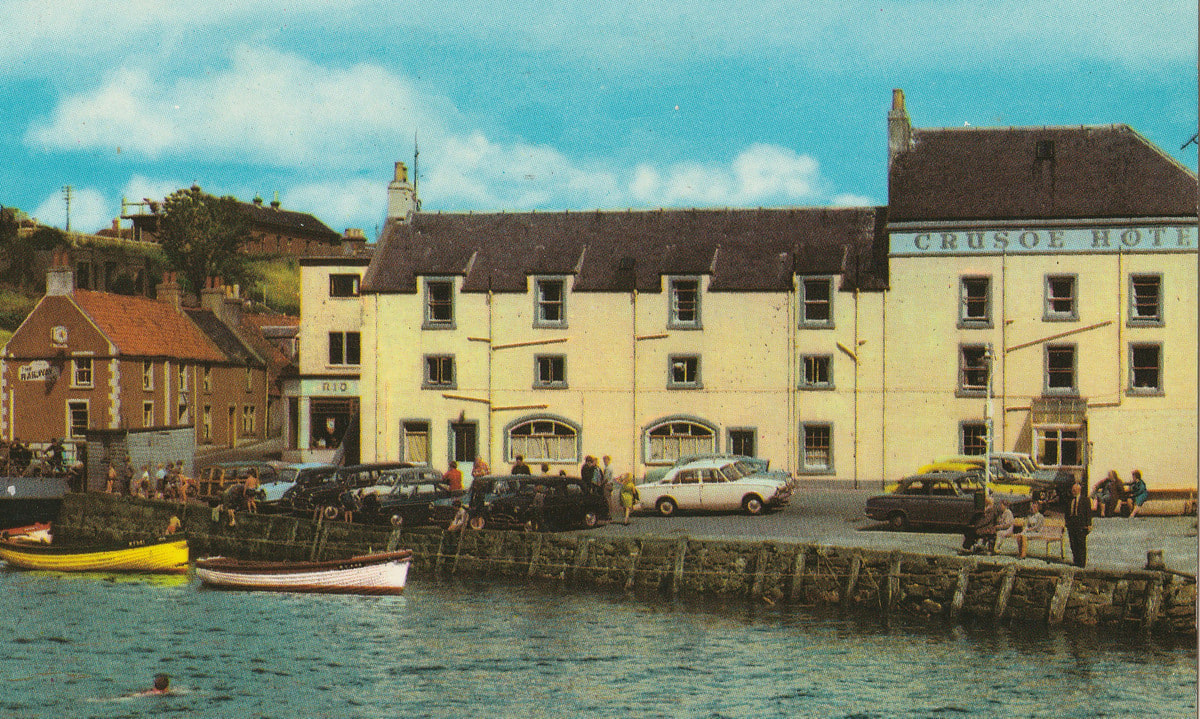
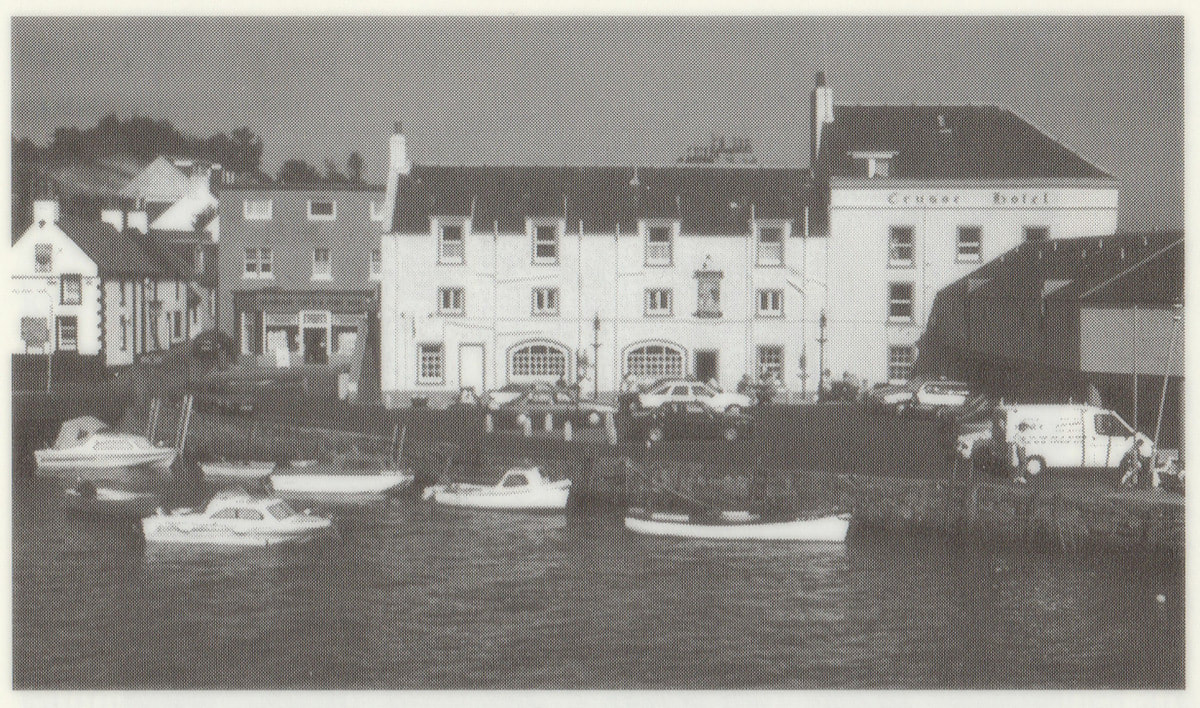
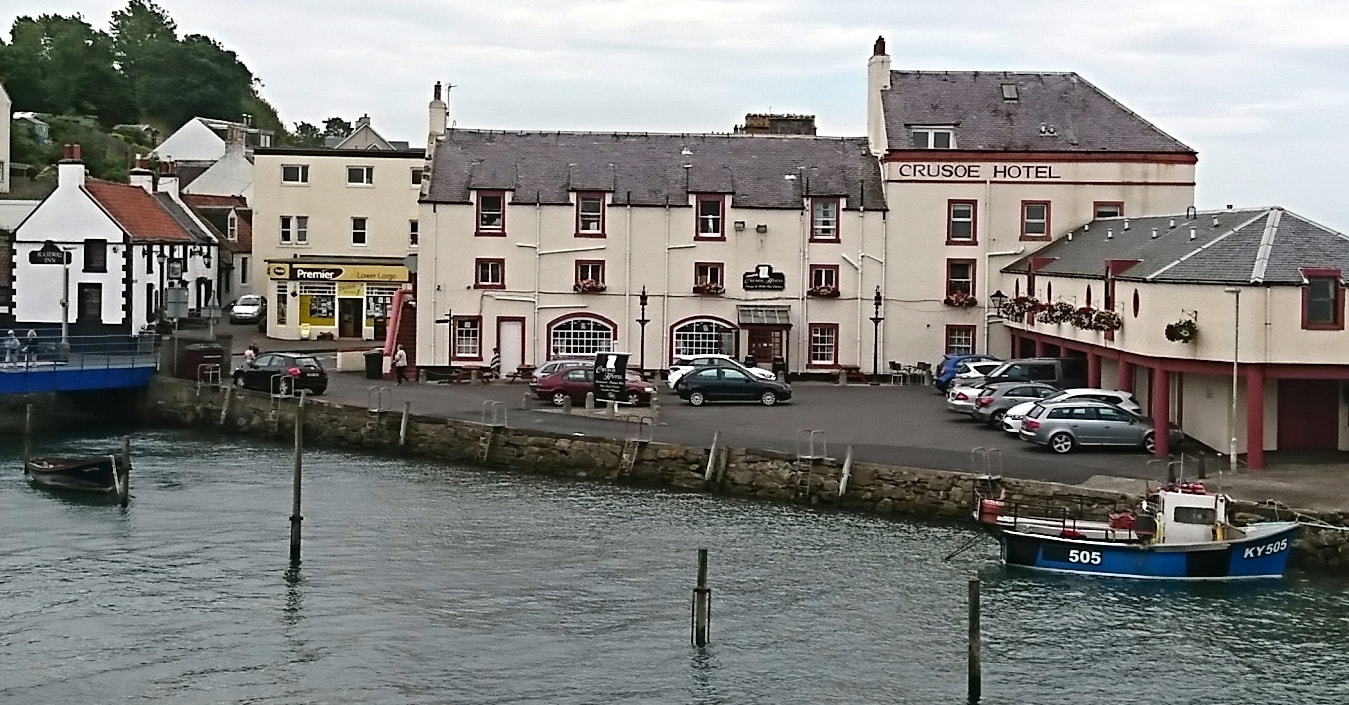



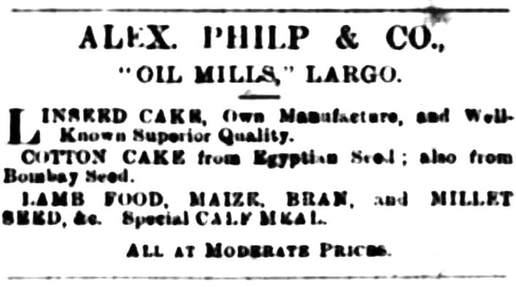
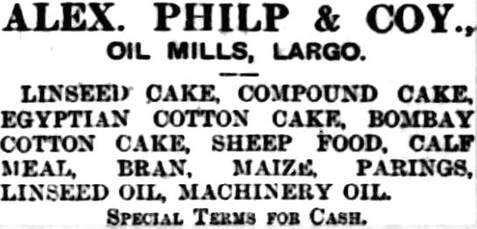
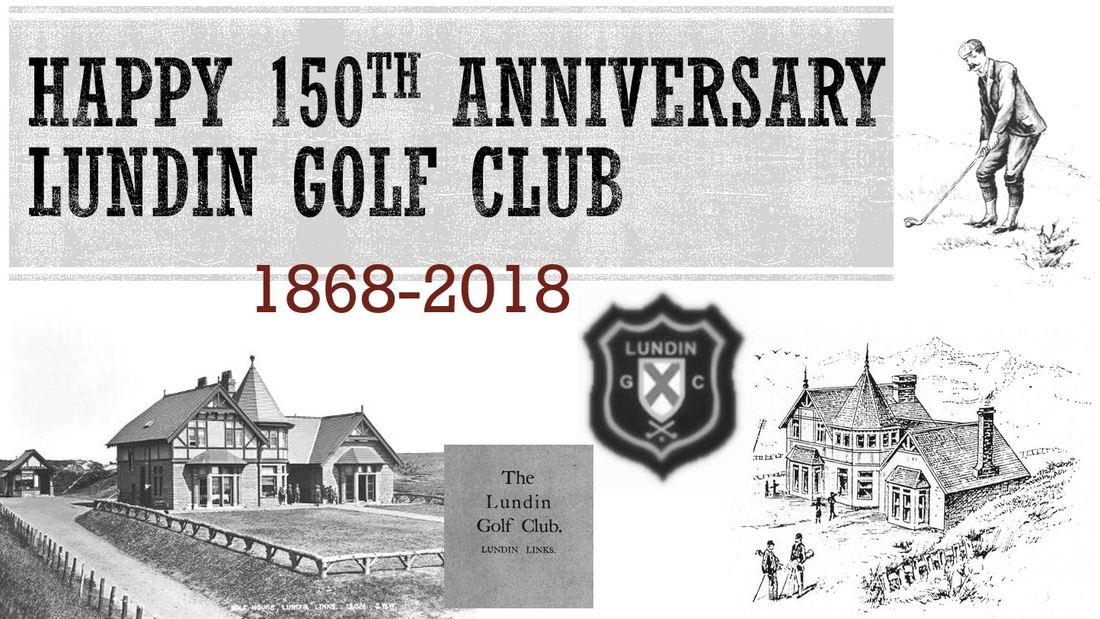
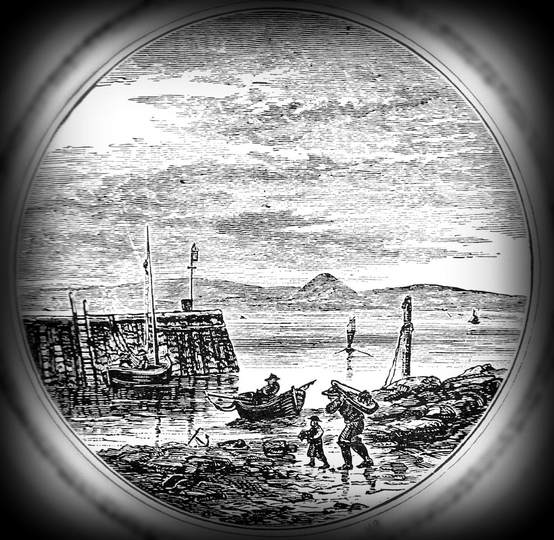

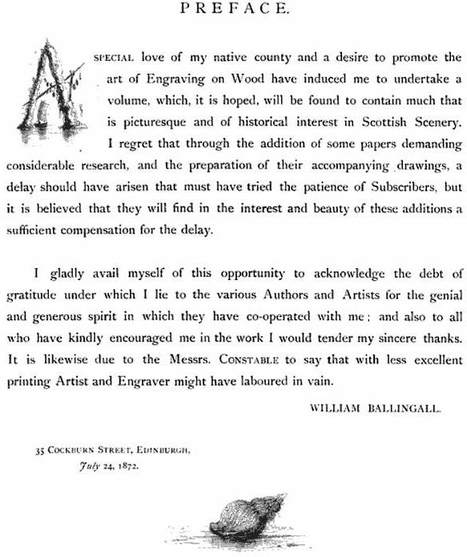

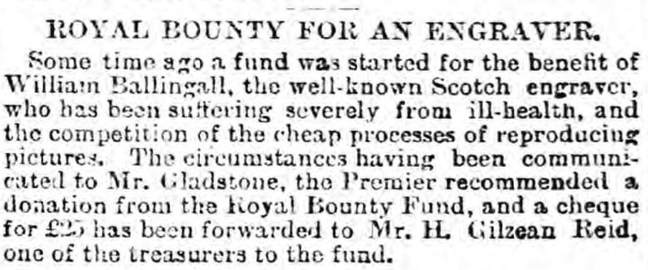
 RSS Feed
RSS Feed
